In 2021, National Arbor Day is on April 30!
Arbor Day, which in Latin translates to “Tree Day,” is a time to celebrate and encourage the planting, upkeep, and preservation of trees. Arbor Day was founded in 1872 in Nebraska as a means to encourage tree planting in the state for an array of reasons that are still relevant in 2021.
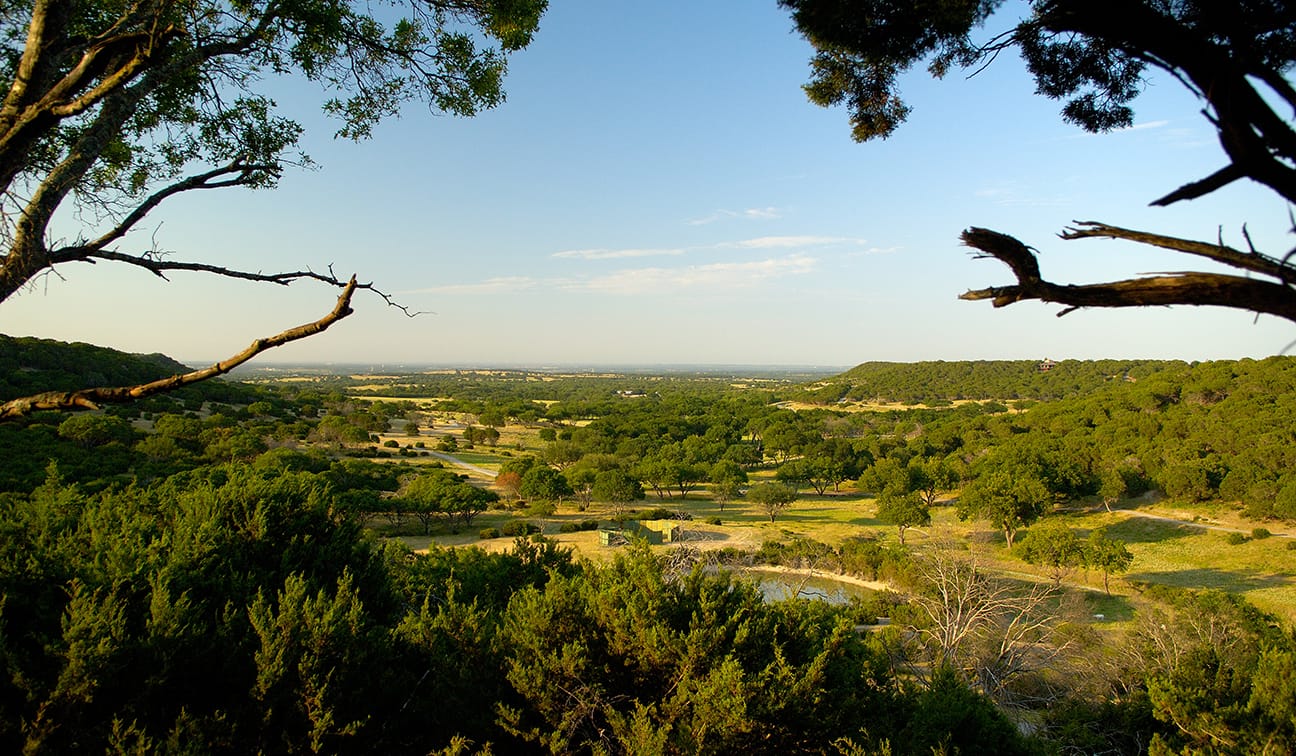
Trees have multiple phases of life and purpose, which are what make them so valuable to our planet. As they are growing and living, they produce shade, windbreaks, food, shelter, and oxygen. Once a tree is no longer living, it has a whole new role that is paramount in our world – to produce lumber for fuel and building materials. Trees are an integral part of our natural world and help set the stage for many of the varying climates and ecosystems.
Nationally, Arbor Day is always on the last Friday in April. All fifty states, Puerto Rico, and some U.S. territories observe their own Arbor Day on a date appropriate for tree planting in their region.
Because the climate shifts greatly from state to state, each state has chosen a time of year that is best fitting for planting trees. In Texas, the best time to plant trees is in November, which is why Texas celebrates its own Arbor Day on the first Friday of that month.
Speaking of Texas, let’s talk about some of the trees you will see at Fossil Rim!
The Ashe juniper is also known as the blueberry juniper or mountain cedar. The fruits ripen in August and September into a large, blue, berry-like cone that is relished by wildlife. Golden-cheeked warblers, an endangered Texas native bird, nest only in Central Texas mixed Ashe juniper and oak woodlands. They use long strips of juniper bark and spiderwebs to build their nests.
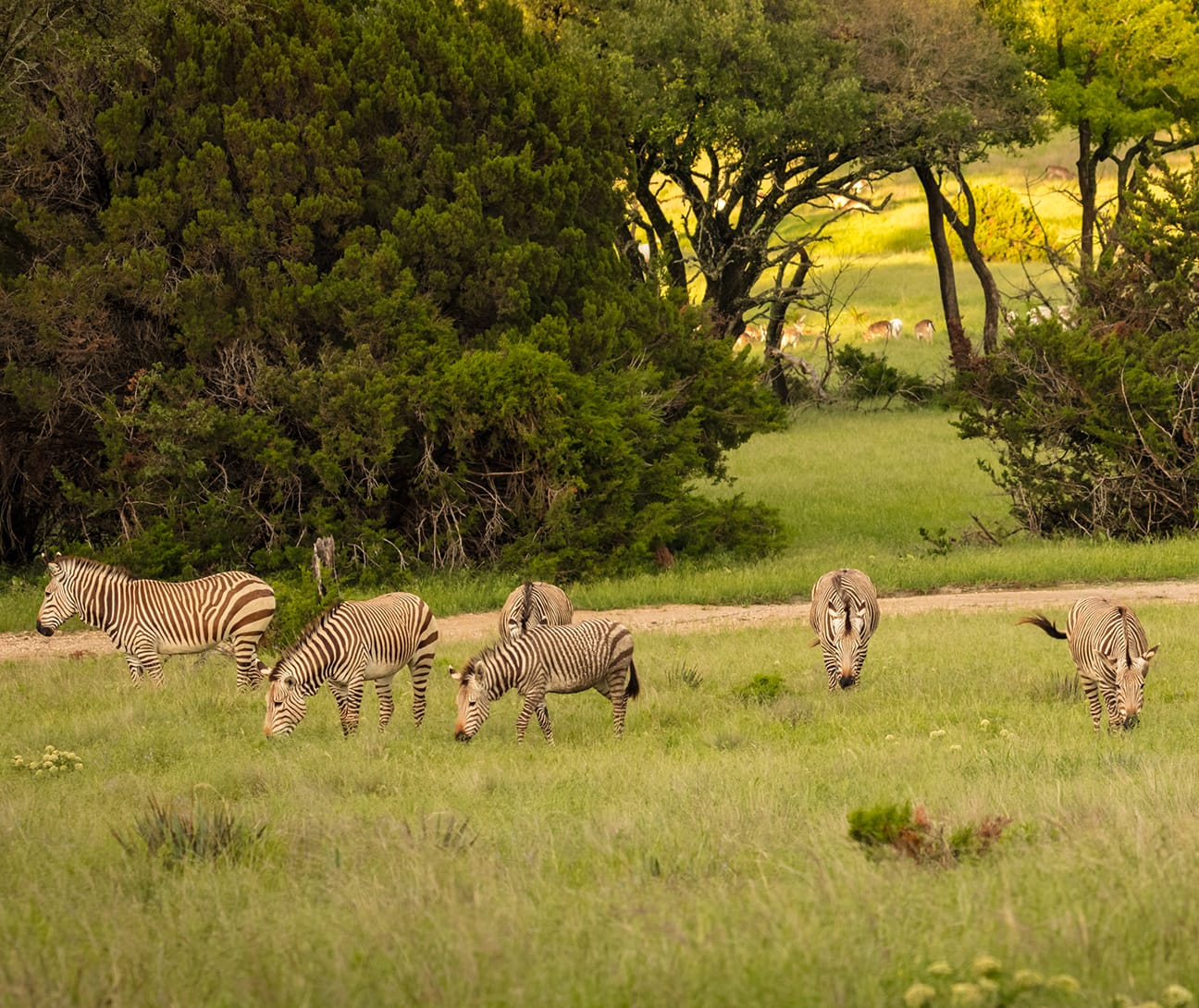
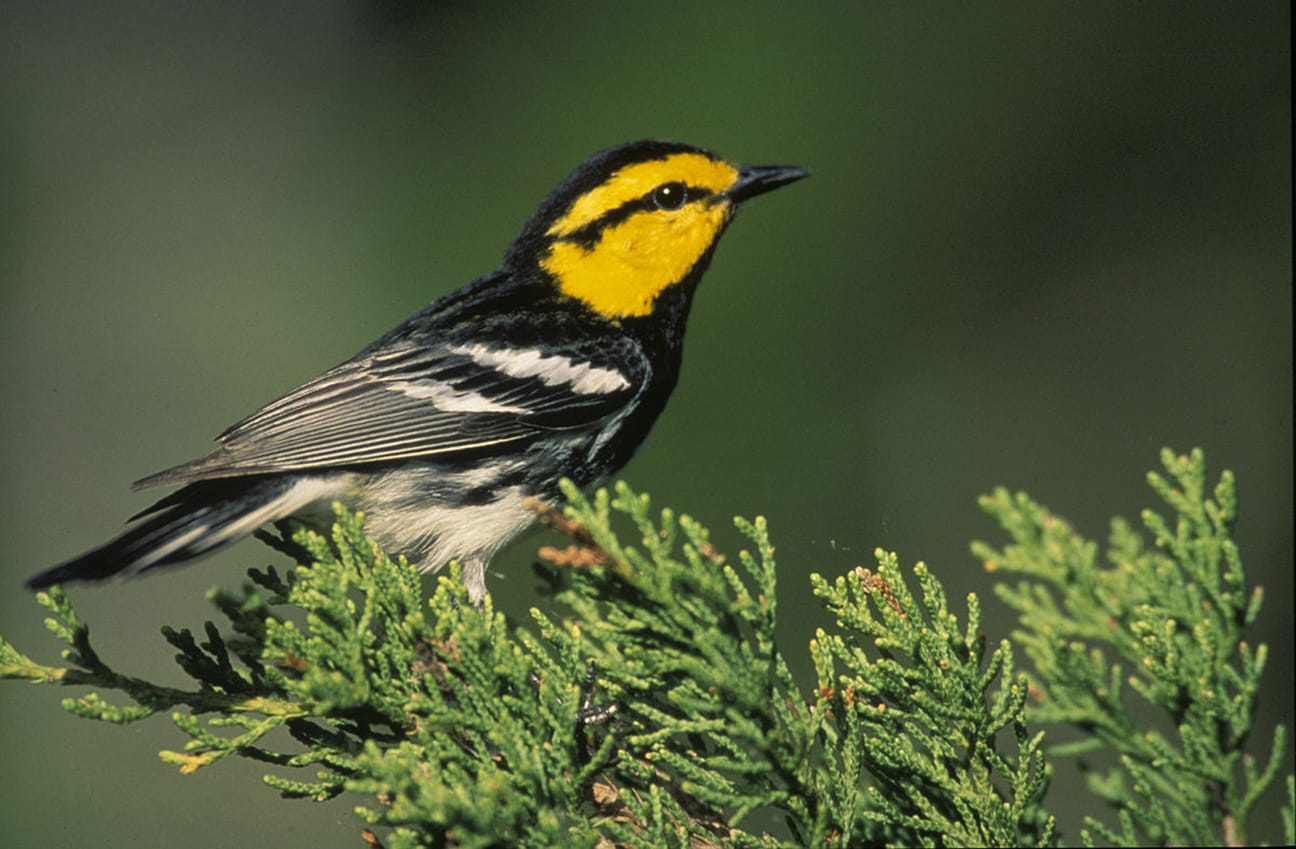
The mesquite tree can reach heights of 30 feet and a life expectancy of 100 years. The seed pods are an important source of food for insects, livestock, deer, birds, and small mammals. However, the seeds can be toxic in large quantities. The wood is good for furniture, firewood, flooring, and fence posts. This tree is resistant to insects and diseases, so it can be a solid choice as an ornamental shrub or in landscaping designs. At Fossil Rim, mesquite browse is fed to the giraffes and black rhinos.
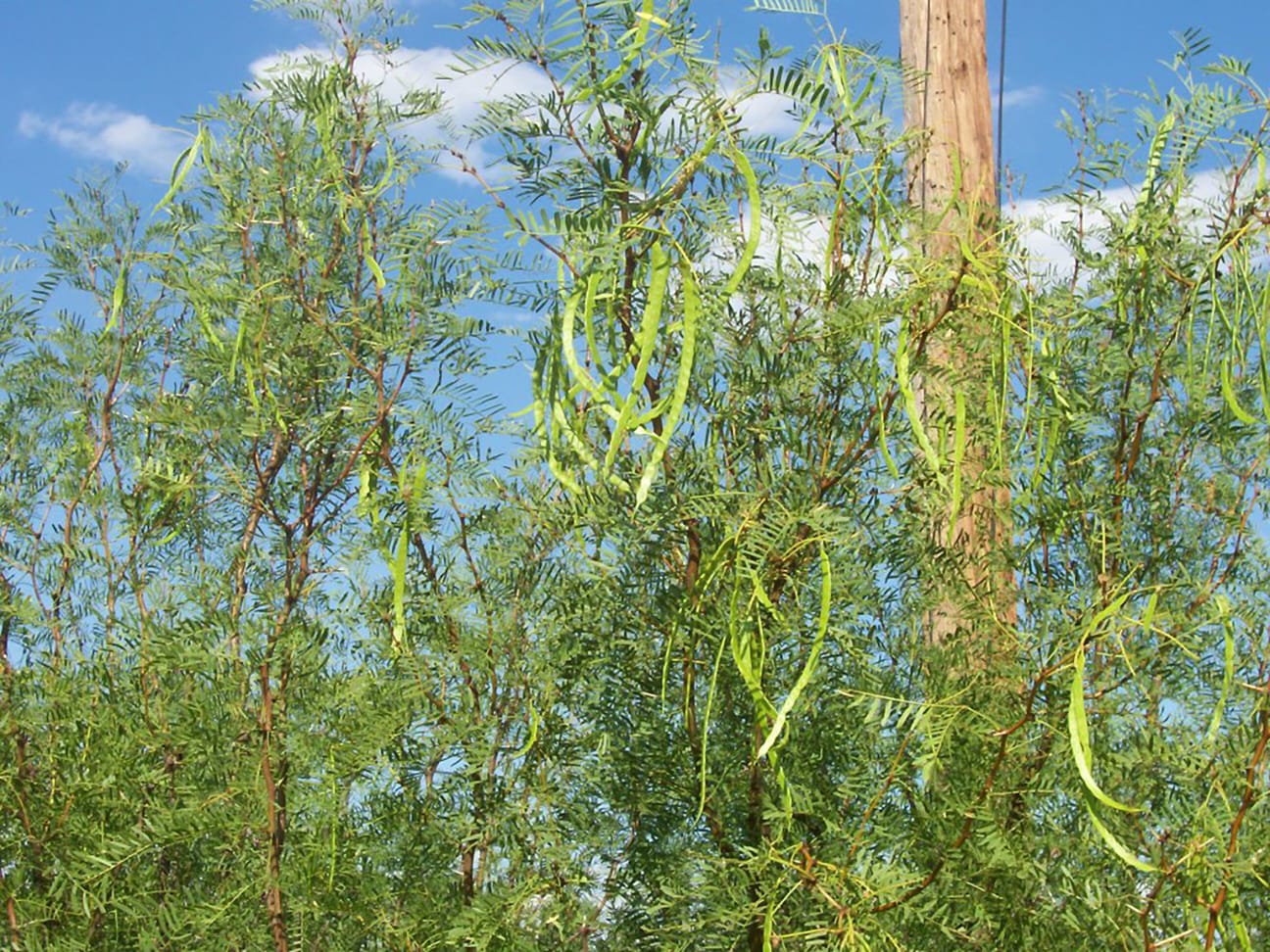
The pecan tree is the state tree of Texas. Its wood is used to make furniture and other useful supplies. It can reach 180 feet tall and a life expectancy of 300-plus years. Pecans are a good source of protein and unsaturated fats. The pecan tree is a species of hickory. At Fossil Rim, pecan browse is fed to the giraffes.
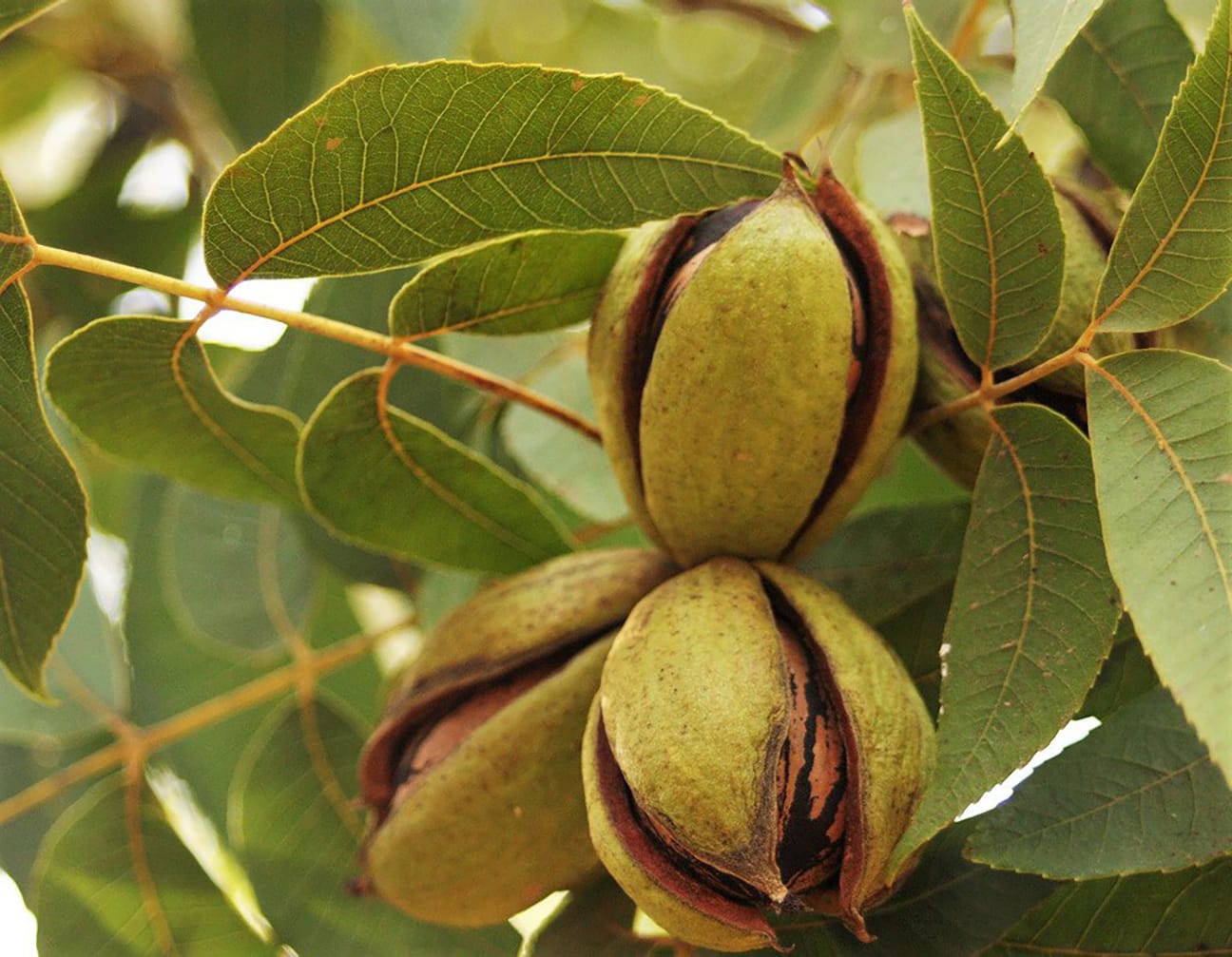
Post oak trees can range from 20 to 75 feet tall, depending on soil depth. Sometimes called an iron oak, this tree provides excellent shade and the wood is used widely for fence posts. Its acorns provide a high-energy food source during fall and winter for wild turkeys, white-tailed deer, squirrels, and other rodents. The leaves are used in the nests of birds, squirrels, and raccoons, plus holes in the trees provide nests and dens for birds and mammals. At Fossil Rim, post oak browse is fed to the giraffes.

Texas redbud is a small tree with a broad, rounded crown and a short trunk. It is a native deciduous tree with clustered white to purple blooms in early spring. Redbuds are in the pea family, which is most evident in the pea-like pods that carry their seeds. Redbuds are among the most reliable and beautiful native accent trees for gardens.
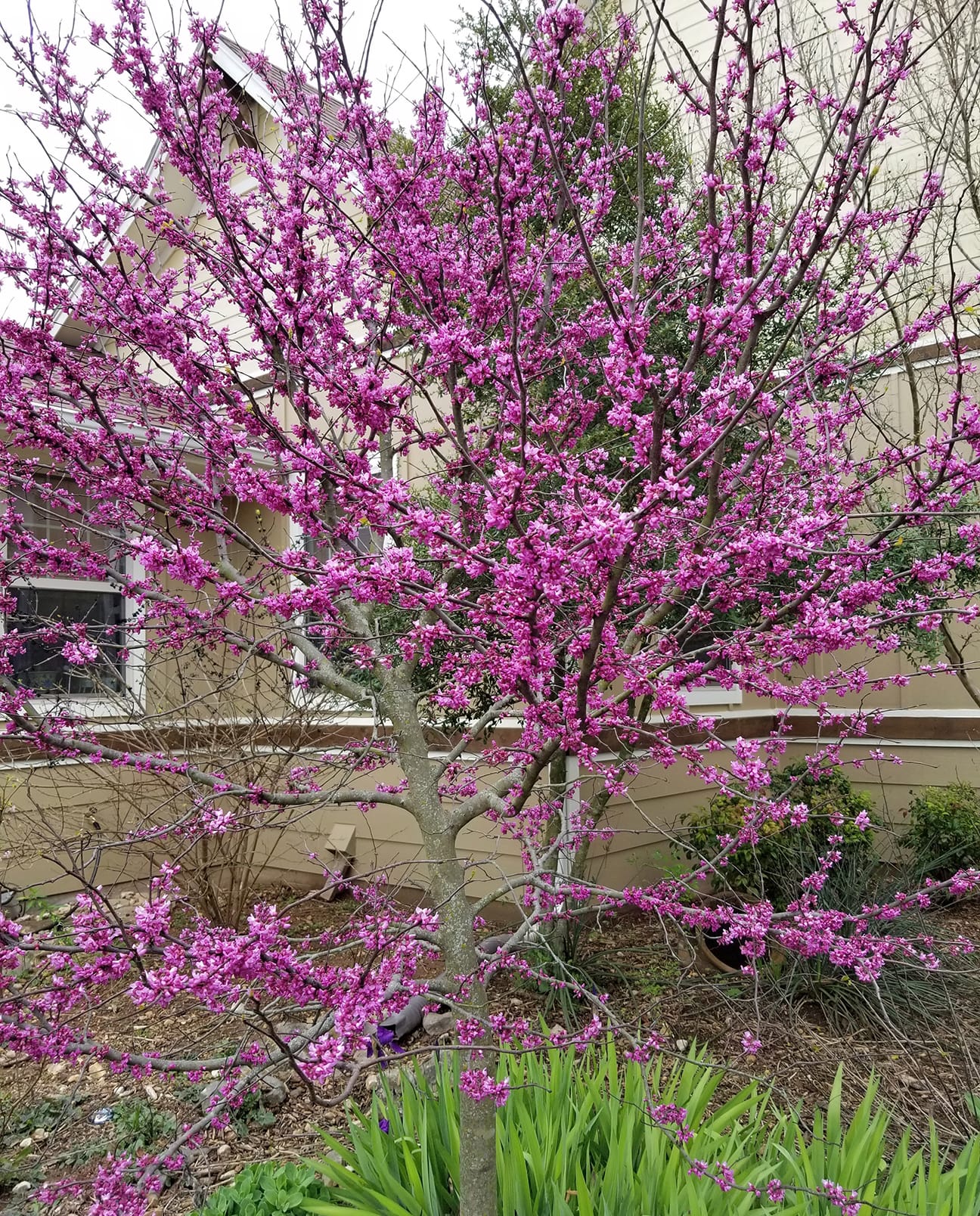
The shin oak is a thicket-forming shrub or small tree that occurs on limestone outcrops. It is usually a multi-trunked tree that only grows to 10-12 feet tall. The gray, shaggy bark on older trees is striking and unique to the shin oak. A primary habitat for the bird called the black-capped vireo, which was an endangered species from 1987-2017, the acorns of the shin oak are eaten by many wildlife species. At Fossil Rim, shin oak browse is fed to the giraffes.
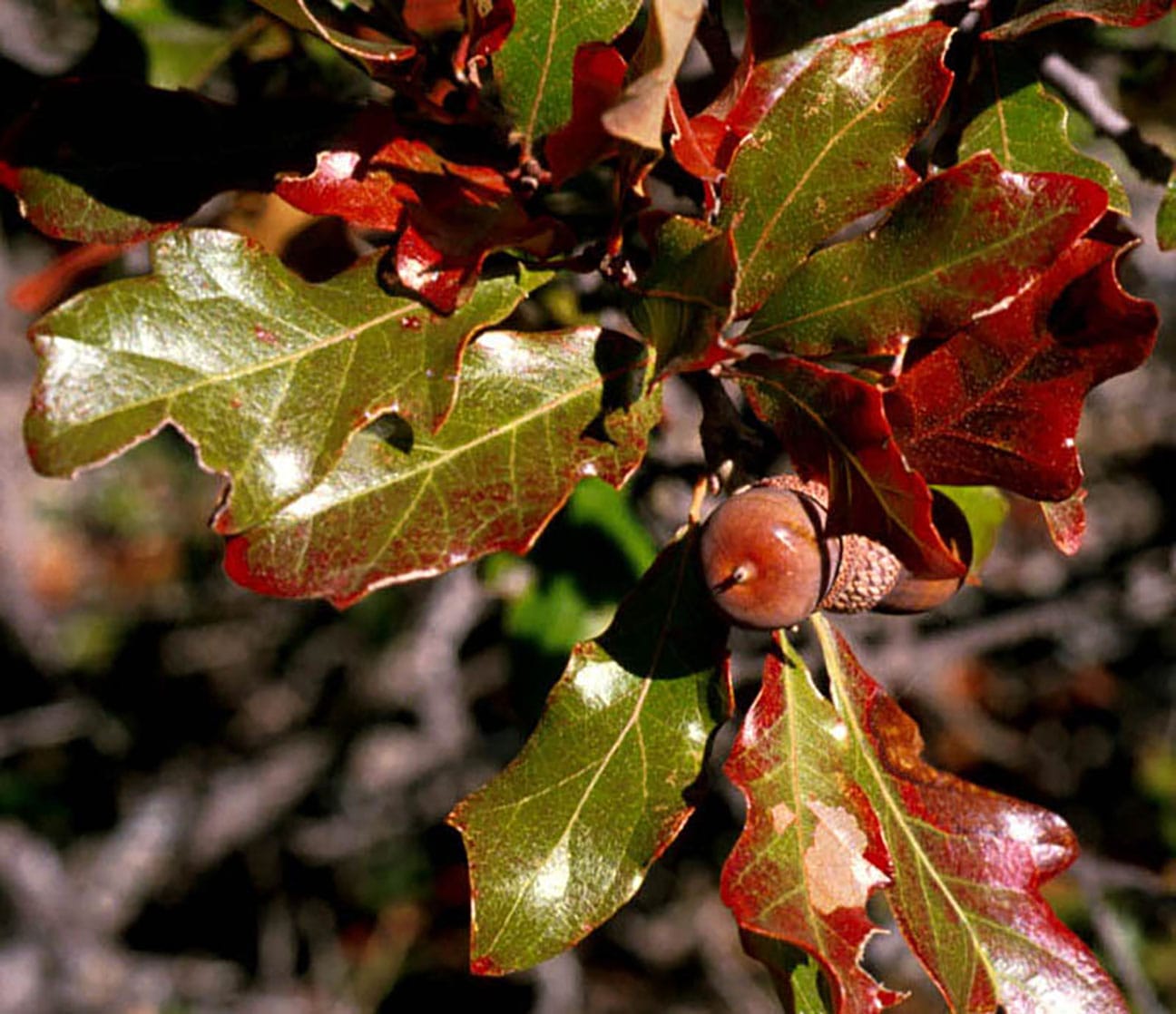

The live oak is also called escarpment live oak or plateau live oak. It is a beloved tree with massive limbs and distinctive contours. This tree can form a thicket, as it spreads from root sprouts. The acorns are eaten by many species of wildlife, while the foliage and twigs may be browsed by white-tailed deer. It is more resistant to drought and cold temperatures than coastal live oak, but is highly susceptible to oak wilt fungus. At Fossil Rim, live oak browse is fed to the giraffes and black rhinos.
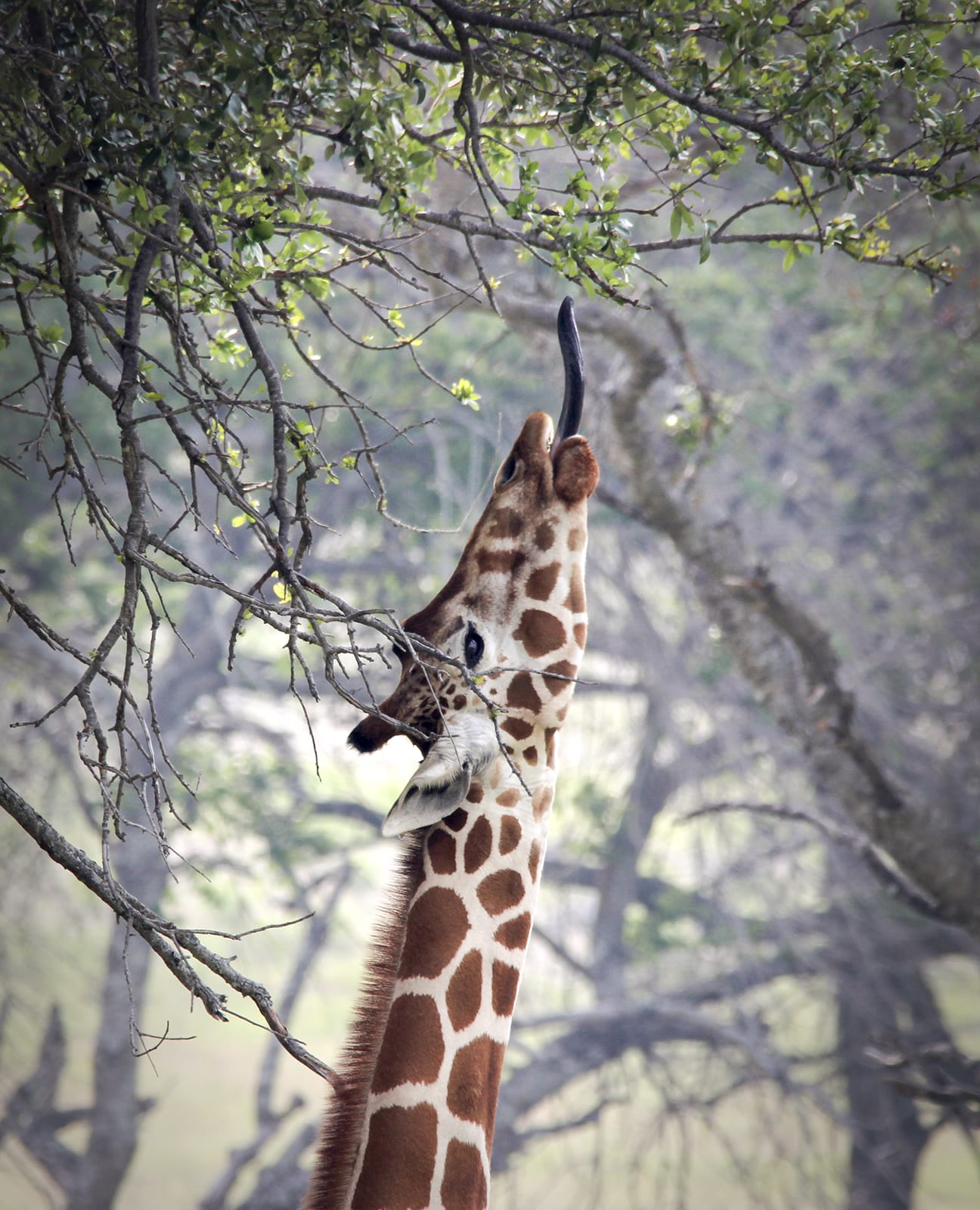
The flameleaf sumac is a shrub or occasionally small tree. It turns to a beautiful scarlet red in the fall. The flameleaf sumac has small, white flowers in the spring, followed by a dense cluster of red berries that last through the winter. It is an important food source for quail and other birds. At Fossil Rim, flameleaf sumac browse is fed to the giraffes and black rhinos.


These are just some of the tree varieties at Fossil Rim. They were featured in a booklet produced years ago by Fossil Rim staff member Curt Decker, as well as volunteers Shirley Smith, Carol Lee, and Donna Hagar.
“Arbor Day is not like other holidays,” said Arbor Day Founder Julius Sterling Morton. “Each of those reposes on the past, while Arbor Day proposes for the future.”
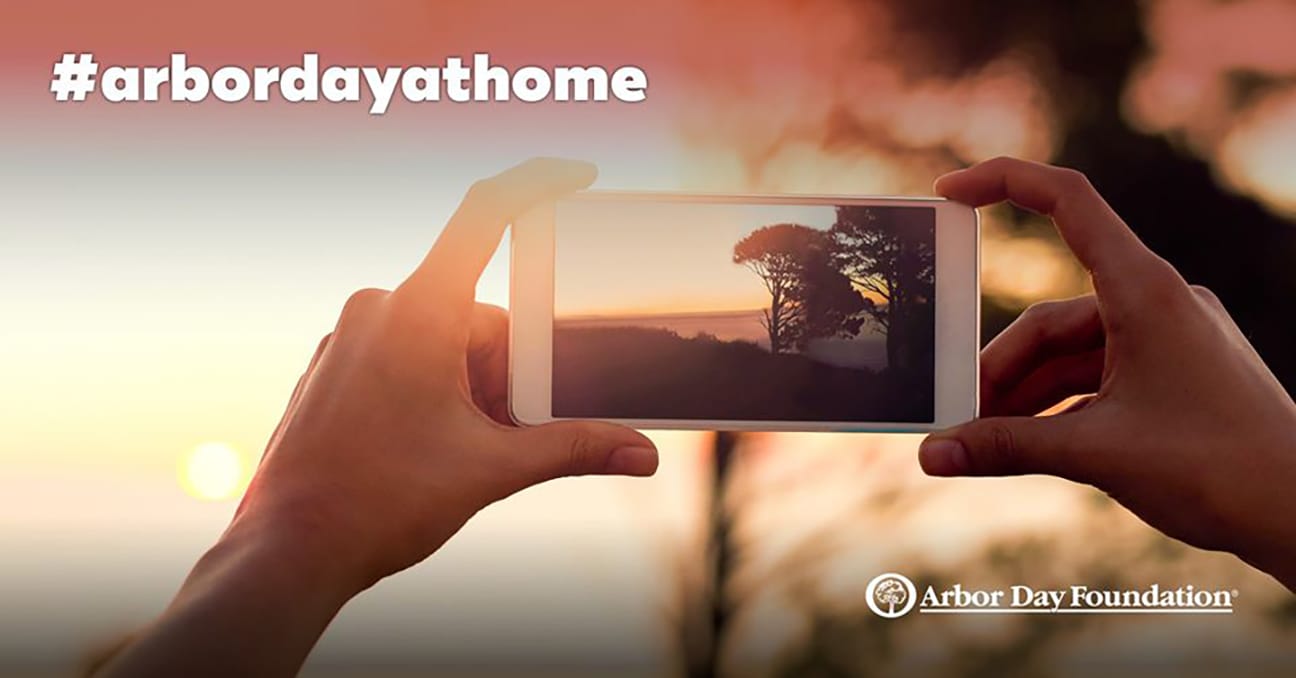
If you want to get involved with Arbor Day this year, the Arbor Foundation is keeping the concept of community tree planting, but doing so from home! All you have to do is post a photo on your preferred social media platform of your favorite tree, use the hashtag #ArborDayAtHome and tag the Arbor Day Foundation. They will plant a tree on your behalf in one of our nation’s forests…up to 50,000 trees!
-Tye Chandler, Marketing Associate
